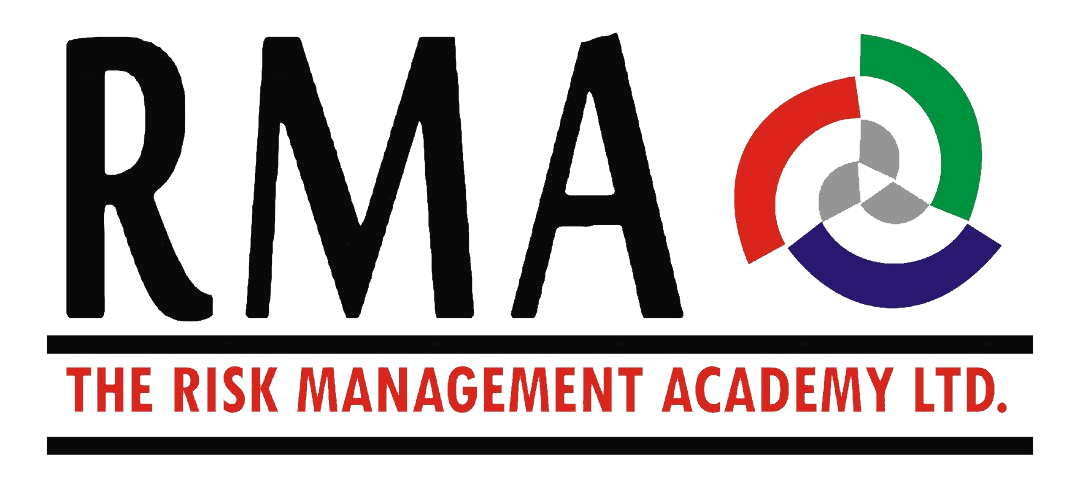Description
Background / Overview
In today’s complex and interconnected business environment, organizations face a wide range of risks—from financial, operational, and strategic to cyber, reputational, and regulatory risks. Traditional silo-based risk management approaches are no longer sufficient. Enterprise Risk Management (ERM) provides a holistic, integrated, and structured framework for identifying, assessing, mitigating, and monitoring risks across the entire organization.
The Certified Enterprise Risk Management Professional (CERM-P) training program equips participants with the knowledge, skills, and practical tools to implement and manage effective ERM frameworks in alignment with global standards such as COSO ERM, ISO 31000, and Basel guidelines. The program prepares professionals for certification while also enabling them to contribute to stronger governance, compliance, and value creation within their organizations.
Agenda / Content
Day 1 – Foundations of Enterprise Risk Management
-
Introduction to Risk Management & Evolution toward ERM
-
Principles and Components of ERM (COSO & ISO frameworks)
-
ERM and Corporate Governance
-
The Role of the Board, Senior Management & Risk Committees
-
Case Study: ERM failures and lessons learned
Day 2 – Risk Identification and Assessment
-
Risk Taxonomy: Strategic, Operational, Financial, Compliance, Reputational, Emerging Risks
-
Tools & Techniques for Risk Identification (interviews, workshops, scenarios)
-
Qualitative & Quantitative Risk Assessment Approaches
-
Risk Appetite, Risk Tolerance & Risk Culture
-
Workshop: Conducting a risk assessment exercise
Day 3 – Risk Response, Mitigation & Controls
-
Designing Risk Response Strategies (avoid, accept, transfer, mitigate)
-
Internal Controls & Key Risk Indicators (KRIs)
-
Integration of ERM with Performance Management
-
Risk Reporting & Dashboards for Decision-Making
-
Case Study: Successful ERM implementation in a multinational organization
Day 4 – ERM Framework Implementation & Integration
-
Developing & Implementing an ERM Framework
-
Embedding ERM into Strategy, Operations & Projects
-
Risk Communication & Reporting to Stakeholders
-
Linking ERM to Compliance & Regulatory Requirements
-
Group Activity: Designing an ERM framework for a sample organization
Day 5 – Emerging Trends, Certification Prep & Review
-
Emerging Risks: Cybersecurity, Climate, ESG, Geopolitical & Technology Risks
-
Future of Risk Management: AI, Big Data & Predictive Risk Analytics
-
Certification Exam Preparation (sample questions & mock test)
-
Group Presentations: ERM implementation plans
-
Wrap-up & Action Planning
Objectives
By the end of this program, participants will:
-
Understand the fundamentals, frameworks, and principles of ERM.
-
Learn to identify, assess, and prioritize risks at the enterprise level.
-
Design and implement effective risk response and control strategies.
-
Integrate ERM with governance, compliance, and strategic planning.
-
Gain practical skills through case studies, workshops, and simulations.
-
Prepare for the Certified Enterprise Risk Management Professional (CERM-P) exam.
Outcomes
Participants will leave with:
-
Strong knowledge of ERM concepts, standards, and frameworks.
-
Practical ability to design and implement ERM processes.
-
Tools and techniques to conduct risk assessments and build risk dashboards.
-
Insights into emerging risks and future trends in ERM.
-
Improved readiness to sit for the CERM-P certification exam.
-
A draft ERM framework/action plan tailored to their organization.


